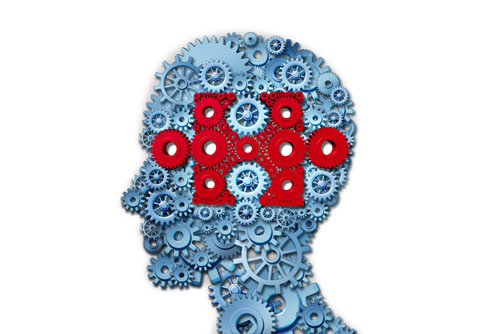
A pioneering method of uncovering gene function, called in vivo pertub-seq, has been used to study 35 de novo loss of function genes previously associated with autism spectrum disorder (ASD). Jin et al. used CRISPR-Cas9 to edit the genes and single-cell-sequencing (RNAseq) to study their function in developing mouse embryos. The researchers found networks of gene expression in neuronal and glial cells that suggest new functions for these genes. The paper was published in the Nov. 27 issue of Science.
In their paper, the researchers conclude: “In vivo perturb-seq can serve as a scalable tool for systems genetic studies of large gene panels to reveal their cell-intrinsic functions at singe-cell resolution in complex tissues.” They add that, “This method can be applied across diverse diseases and tissues in the intact organism.”
One of the key challenges in uncovering therapeutic targets for ASD is that such a vast number of genes—approximately a thousand—have been linked to the disorder, but few of them are strongly associated with it. Whole-genome screens and functional studies have helped whittle down that number to 100 or so genes now considered the most strongly linked to ASD. But further complicating this process is the fact that autism is believed to arise during fetal brain development, which is particularly challenging to study. Since as many as 1 in 54 children in the U.S. alone are affected by this disease, there is strong interest in finding new treatments, and progress toward that end is starting to be seen.
This new study introduces a potentially powerful approach for sorting through autism-related genes to find the most promising targets. The researchers focused on de novo mutations because these appear to have a relatively large effect in ASD. The risk genes they selected were from Satterstrom et al.’s pivotal 2018 Cell paper which describes results from large-scale exome sequencing of almost 12,000 samples from ASD patients, and a larger number of controls.
Jin and his colleagues used a novel approach to study how these genes may influence the developing brain. They write: “To address the need to achieve biological understanding of large numbers of gene variants, we developed Perturb-Seq for in vivo scalable genetic screens, and demonstrated it for functional evaluation of 35 autism spectrum disorder (ASD) de novo loss of function risk genes.” They first used CRISPR-Cas9 to introduce frameshift mutations in the risk genes in pools, within the developing mouse brains in utero. Next, they used RNA-Seq in the postnatal mouse brains to see the phenotypic read-out from their gene editing.
The researchers analyzed five broad cell classes – cortical projection neurons, cortical inhibitory neurons, astrocytes, oligodendrocytes, and microglia. They studied cells that had received only single perturbations. Using weighted gene correlation networked analysis, they then identified 14 covarying gene modules representing transcriptional programs expressed in different classes of cortical cells.
They estimated the effect the perturbations on each of the 14 gene modules by fitting a joint linear regression model estimating how module gene expression in cells from each group that was perturbed deviated from their expression level in control cells. They found that perturbations in nine ASD/ND genes had significant effects across five modules in four cell classes, including cortical projection neurons, cortical inhibitory neurons, astrocytes, and oligodendrocytes. They then validated some of these results using a single-perturbation model as well as a germline-modified mutant mouse model.
To determine the relevance of these findings to human ASD patients, the researchers co-analyzed data from ASD and control human brains as well as human cerebral organoids. Both gene expression and gene covariation of several of the identified gene modules were also present in human brain tissue. When the researchers compared their single-cell data with that from ASD patients they found overlap in both affected cell types and transcriptomic phenotypes.











